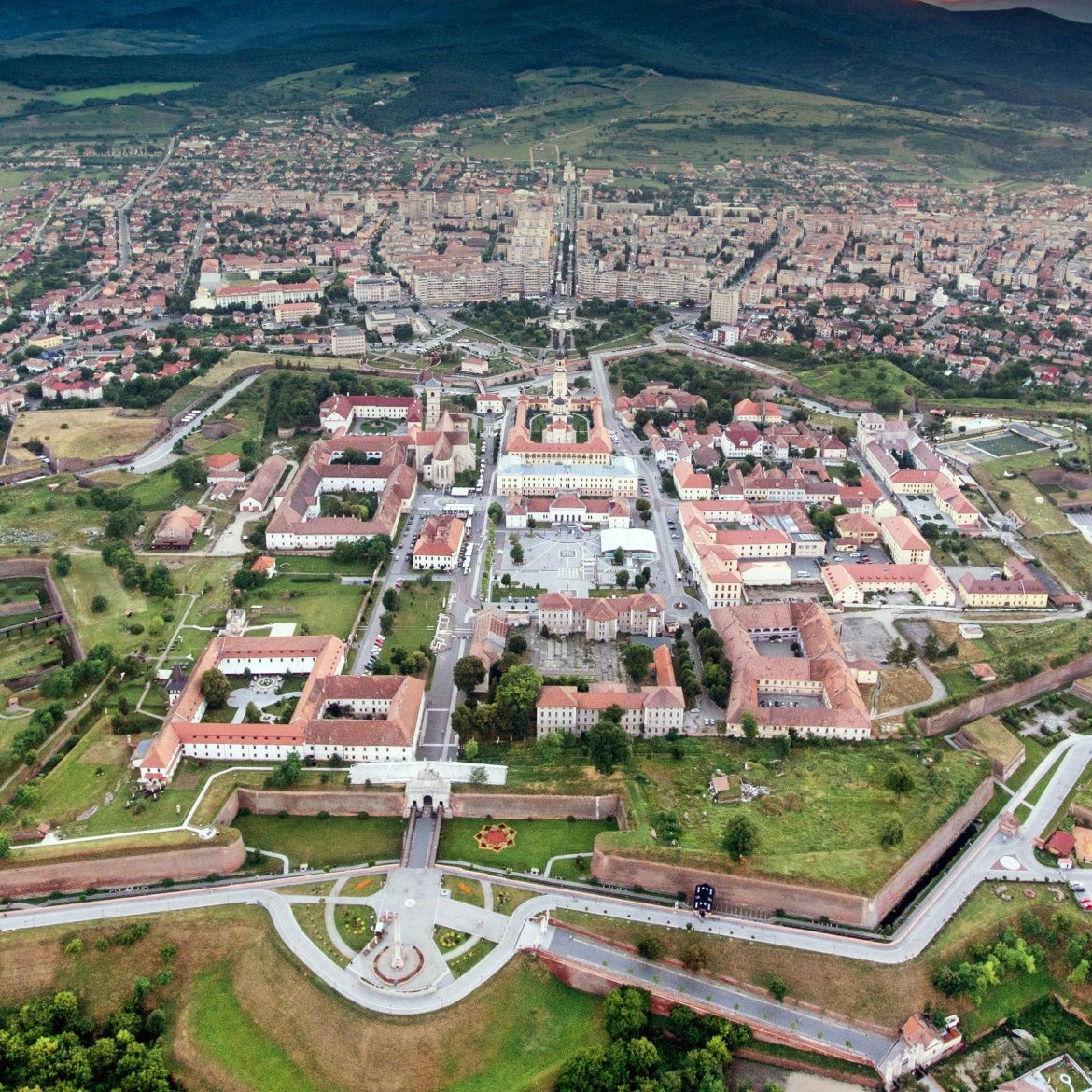

Getty Images
Overview
From soaring mountains to golden sands, Eastern Europe reveals a tapestry of quaint and contemporary cultures – always with enough rough edges to keep you intrigued.
From soaring mountains to golden sands, Eastern Europe reveals a tapestry of quaint and contemporary cultures – always with enough rough edges to keep you intrigued.















